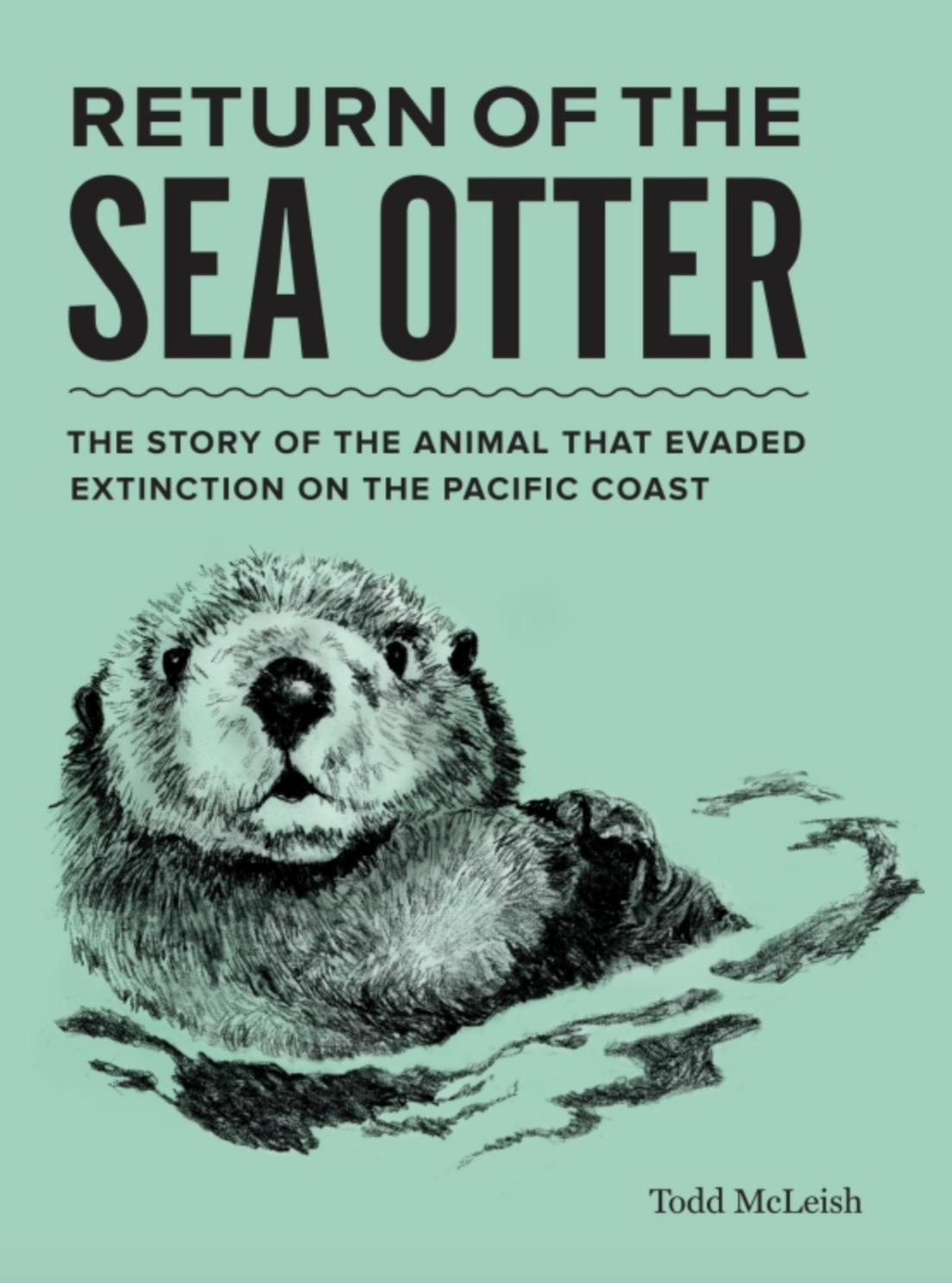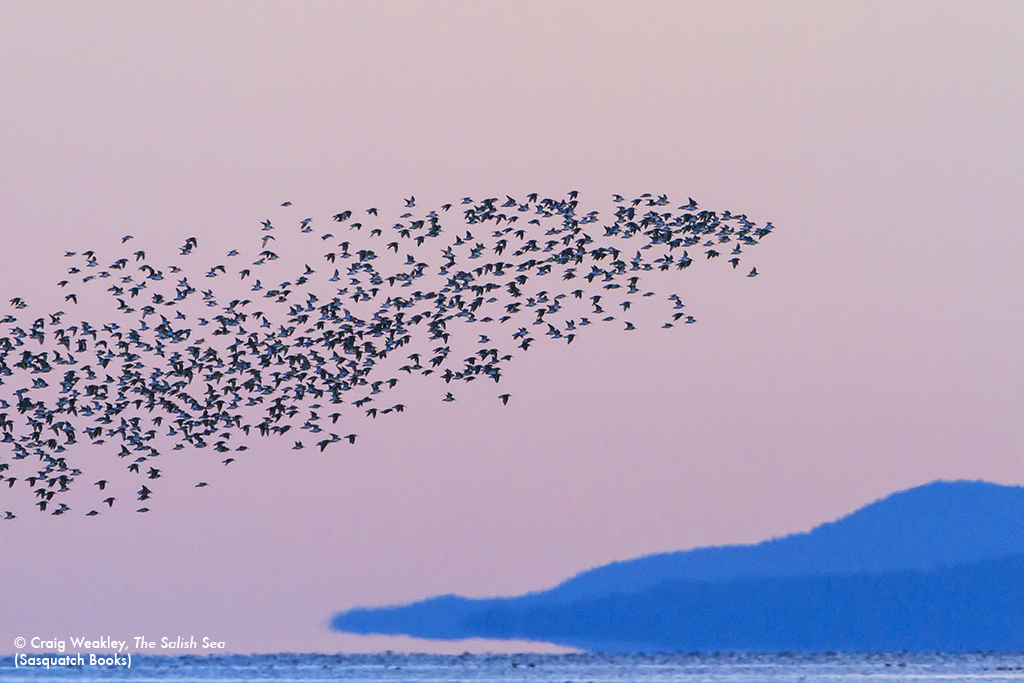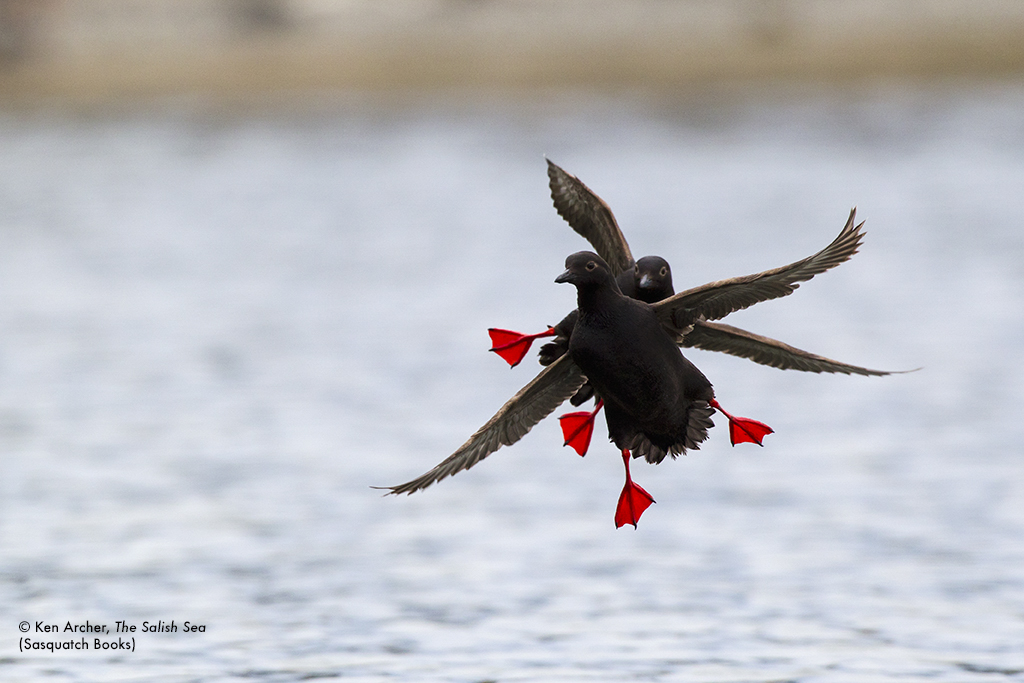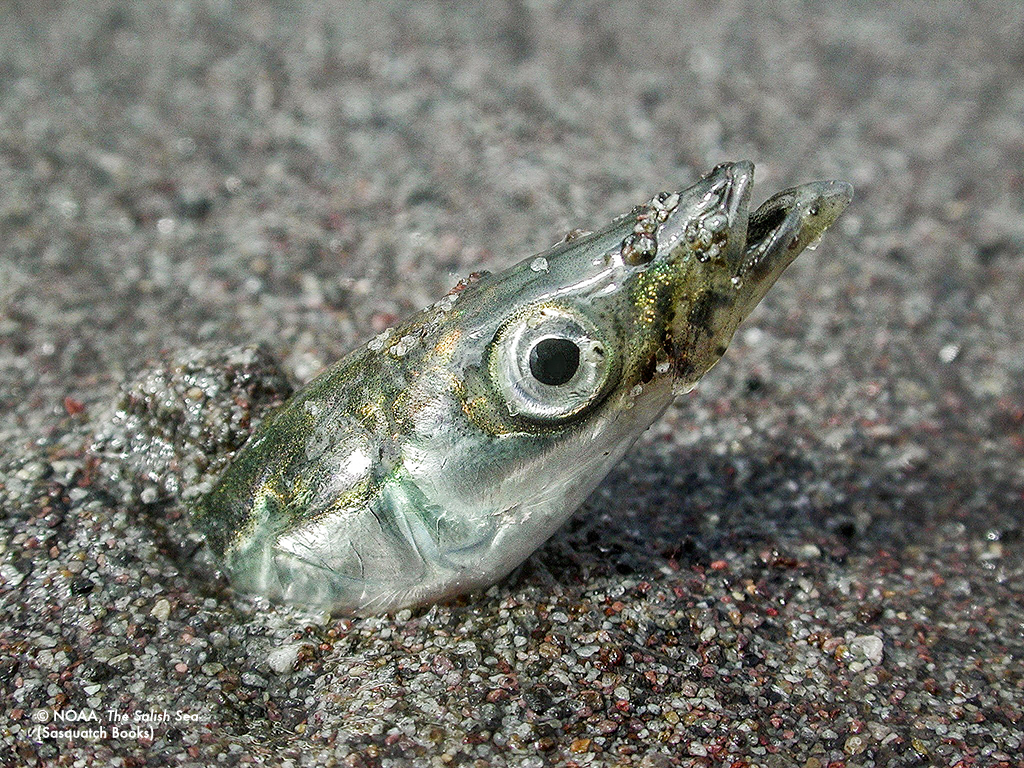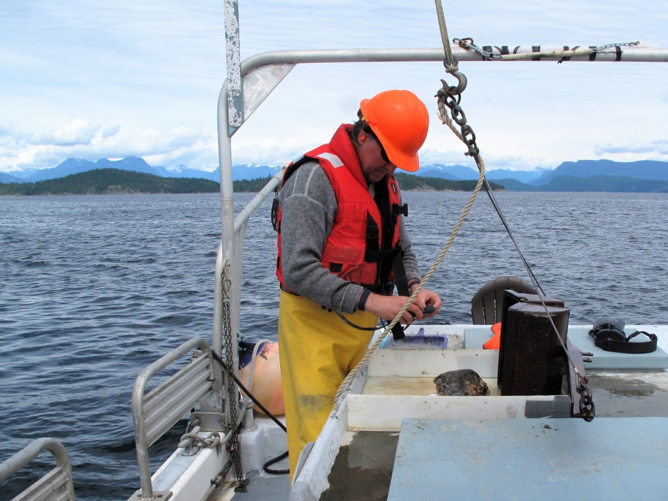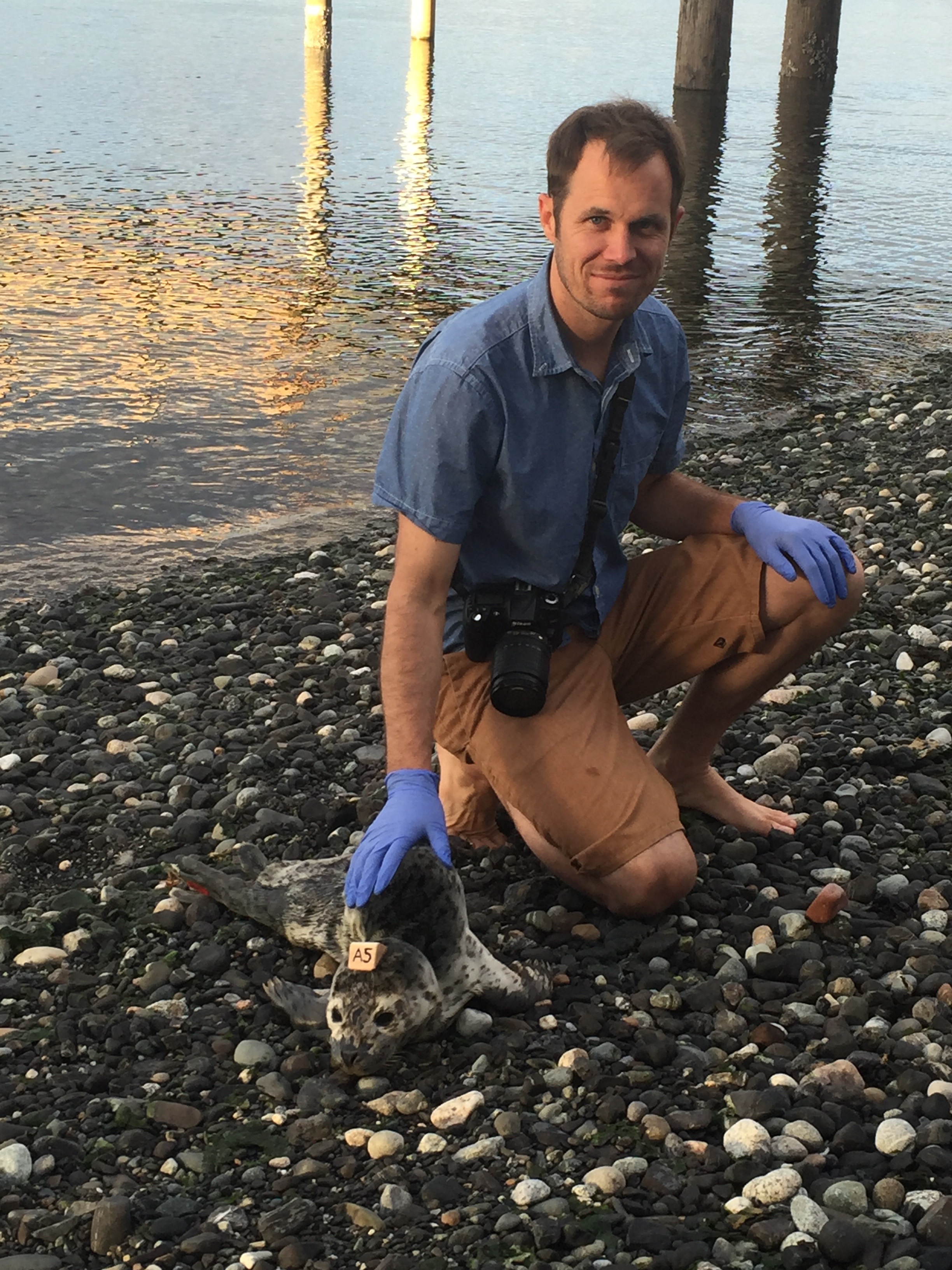We've made it easy for you to purchase one or more bottles of wine (at a 20% discount) for donation to the SeaDoc Wine 'n' Sea auction. Here's how it works:
- Look below to see the list of hand-selected wines
- Pick the wines you want to donate.
- Call Compass Wines in Anacortes to give them your order and payment. 360-293-6500
- Be sure to mention this is for the SeaDoc Auction, (you'll get 20% off), and let them know how you'd like to be acknowledged on the bid sheet.
- We'll take care of the rest! The wines will be delivered directly to SeaDoc in time for the auction.
Prices shown below are actual value for the auction. The price to SeaDoc members for the auction are 20% off the prices shown.
Andrew Sorella 2012 $78.99
Angel Vine Columbia Valley Zinfandel 2013 $20.99
Avennia Arnaut Syrah 2015 $50.99
Barthomew Tannat 2014 $31.99
Bergevin Lane Intuition 2008 $58.99
Betz clos du Betz 2015 $61.99
Brian Carter Corrida 2013 $29.99
Buty Connor Lee 2013 $45.99
Cadence Camerata 2014 $60.99
Cayuse Horsepower Sur Echalas 2014 $199.99
Cedergreen Cabernet 2010 $29.99
Co Dinn Cabernet 2013 $54.99
Covington Cellars Syrah 2007 $45.99
Coyote Canyon Sangiovese 2013 $19.99
Damsel Columbia Valley Syrah 2014 $35.99
Delille Chaleur Estate 1998 $100.00
Den Hoed Andreaus Cabernet 2012 $80.99
Dunham Lewis Vineyard Merlot 2012 $75.99
Fidelitas Red Mountain Optu 2015 $55.99
Figgins Red 2013 $104.99
Finn River Blueberry Dessert Cider $23.99
Five Star Walla Walla Sangiovese 2012 $30.99
Flying Trout Deep River Red 2015 $28.99
Force Majeure Collaboration Ptera 2010 $50.99
Gilbert Cellars Left Bank Red 2014 $24.99
Gorman Evil Twin 2014 $65.99
Gramercy Lagniappe Syrah 2014 $61.99
Grand Reve Collaboration III 2008 $51.99
L’Ecole No. 41 Ferguson 2014 $65.99
Leonetti Reserve 2014 $199.99
Lobo Hills Right Bank Lonesome Springs 12 $35.99
Lullaby Laylee 2010 $52.99
Mark Ryan Old Vines 2015 $65.99
No Girls Tempranillo 2014 $149.99
Pondera Jackalope 2010 $50.99
Quilceda Creek Cabernet Sauvignon 2004 $300.00
Rotie Cellars Little G 2013 $82.99
Sheridan Singularity Syrah 2014 $94.99
SightGlass Cellars Cabernet Franc 2014 $45.99
Sleight of Hand Illusionist 2012 $53.99
Sparkman Evermore Cabernet 2012 $97.99
Two Vintners Sal Cabernet 2014 $55.99
Walla Walla Vintners Vintage Select 2014 $61.99
Woodinville Wine Cellars OMO 2010 $38.99
Woodward Canyon Old Vines Cab 2014 $105.99







